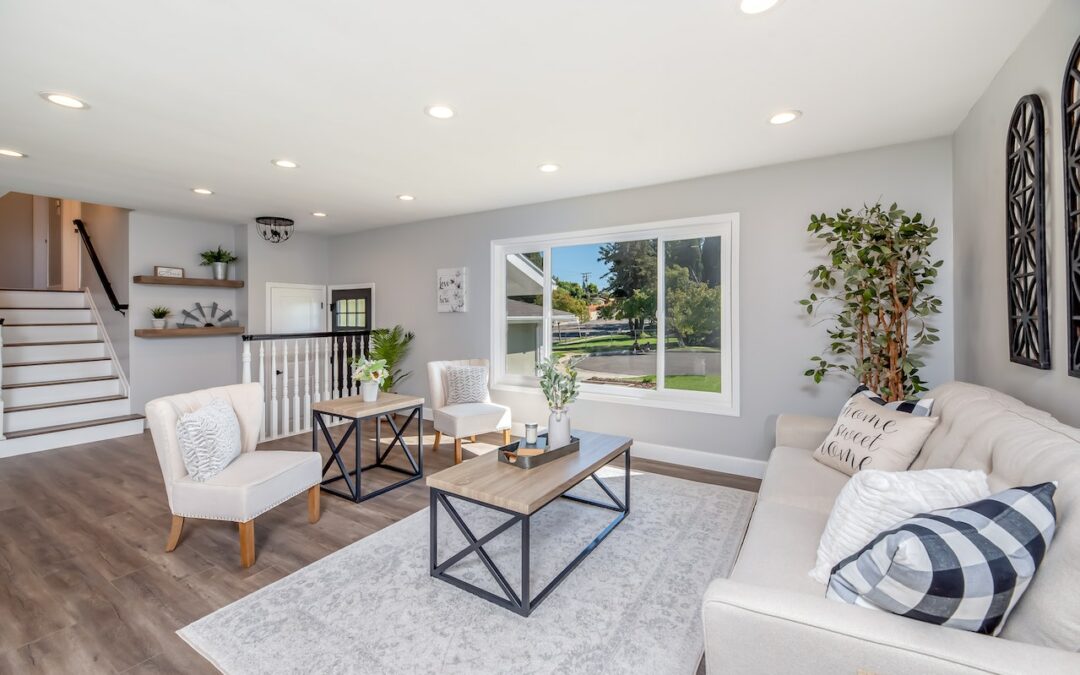Achieving consistent, customized comfort throughout your home can be challenging, especially when dealing with multiple floors, sun exposure, or differing climate preferences for each family member. A home zoning system might be the solution you’re looking for, allowing you to maintain individual temperature settings for different areas of your home. Thompson Heating & Cooling, a trusted provider of quality whole-home comfort services since 2003, offers expert guidance and products from top manufacturers like Ruud, Mitsubishi, and Nest to create tailored zoning solutions for homeowners in La Grange, Louisville, and surrounding areas.
In this in-depth guide to home zoning systems, we’ll explore how they function, the benefits they can provide, and key factors to consider when deciding if a zoning system is right for your home. Our comprehensive discussion will include:
- Understanding Home Zoning Systems: Get acquainted with the basic concept of zoning and the components that make a zoning system work.
- Benefits of Home Zoning Systems: Discover the advantages of zoning systems for your home’s comfort and energy efficiency.
- Is a Home Zoning System Right for You? Analyze essential factors, such as your home’s size and layout, to determine whether a zoning system is suitable.
- Professional Installation and Support: Grasp the importance of working with a reputable HVAC specialist to implement and maintain the integrity of your home zoning system.
Count on the expertise and experience of Thompson Heating & Cooling to help you select, install, and maintain a home zoning system that optimizes your home’s unique comfort needs and energy efficiency goals. Let’s dive in!
Understanding Home Zoning Systems
A home zoning system divides your home into separate temperature-controlled areas called “zones.” Each zone has its thermostat, allowing you to adjust temperatures based on your preferences and the specific needs of that area. Here’s a brief rundown of the components that make up a zoning system:
- Zone Dampers: Installed within your ductwork, zone dampers open or close to control cooled or heated air flow into a specific zone.
- Zone Thermostats: Each zone has a separate thermostat to monitor and adjust the temperature, enabling customized climate control for that particular area.
- Control Panel: The control panel serves as the central hub of the zoning system, connecting all thermostats and dampers. It receives temperature inputs from each thermostat and directs the HVAC system to adjust airflow accordingly via the zone dampers.
Benefits of Home Zoning Systems
Home zoning systems offer numerous advantages that contribute to enhanced comfort and energy efficiency:
- Customized Comfort: A zoning system allows you to adjust the temperature in different areas of your home based on individual preferences or the specific needs of a room, ensuring optimal comfort.
- Energy Efficiency: By only heating or cooling the rooms in use, a zoning system can help reduce energy consumption, resulting in lower energy bills.
- Consistent Temperatures: Zoning systems can resolve common comfort issues like temperature imbalances in multi-level homes or rooms with increased sun exposure by adjusting the airflow for each zone accordingly.
- Reduced HVAC Strain: With a zoning system, your HVAC equipment can operate more efficiently, as it only needs to condition the air in occupied zones rather than the entire home. This reduced demand can extend the lifespan of your HVAC system.
Is a Home Zoning System Right for You?
Before deciding if a home zoning system is the appropriate solution for your home, consider these key factors:
- Home Size and Layout: Zoning systems can be particularly beneficial for larger homes or those with unique layouts, where temperature disparities are more likely to occur.
- Room Usage: If specific areas of your home are occupied sporadically or have varying temperature requirements, a zoning system can help you manage comfort and energy efficiency more effectively.
- Temperature Preferences: If your family members have differing climate requirements, a zoning system allows everyone to experience personalized comfort in their respective spaces.
- HVAC Compatibility: Consult with an HVAC professional to determine if your existing heating and cooling system is compatible with a zoning system or if any modifications are necessary.
Professional Installation and Support
To ensure your zoning system is installed correctly and functioning efficiently, trust the guidance and assistance of a reputable HVAC specialist. The benefits of professional services include:
- Expert Assessment: A professional HVAC technician can assess your home’s layout, size, and specific climate requirements to design a zoning system tailored to your needs.
- Precise Installation: Proper installation is crucial to the effectiveness and efficiency of a zoning system. An HVAC expert ensures all components, such as dampers and thermostats, are installed accurately and securely.
- Ongoing Maintenance: Regular maintenance of your zoning system and routine HVAC maintenance helps extend its lifespan and maintain peak performance. Professionals can identify and address any potential issues before they escalate.
- Warranty Compliance: Aligning with professional services helps uphold manufacturer warranties on components such as thermostats and dampers, securing your investment in home comfort.
Conclusion
Home zoning systems provide an advanced solution for homeowners seeking customized climate control and enhanced energy efficiency. By understanding how they work, recognizing their benefits, determining their suitability for your home, and working with a professional HVAC service in Louisville, KY, you can experience unparalleled comfort tailored to your needs. Choose Thompson Heating & Cooling as your trusted partner in selecting, installing, and maintaining a home zoning system that optimizes your unique comfort requirements and maximizes energy savings.






